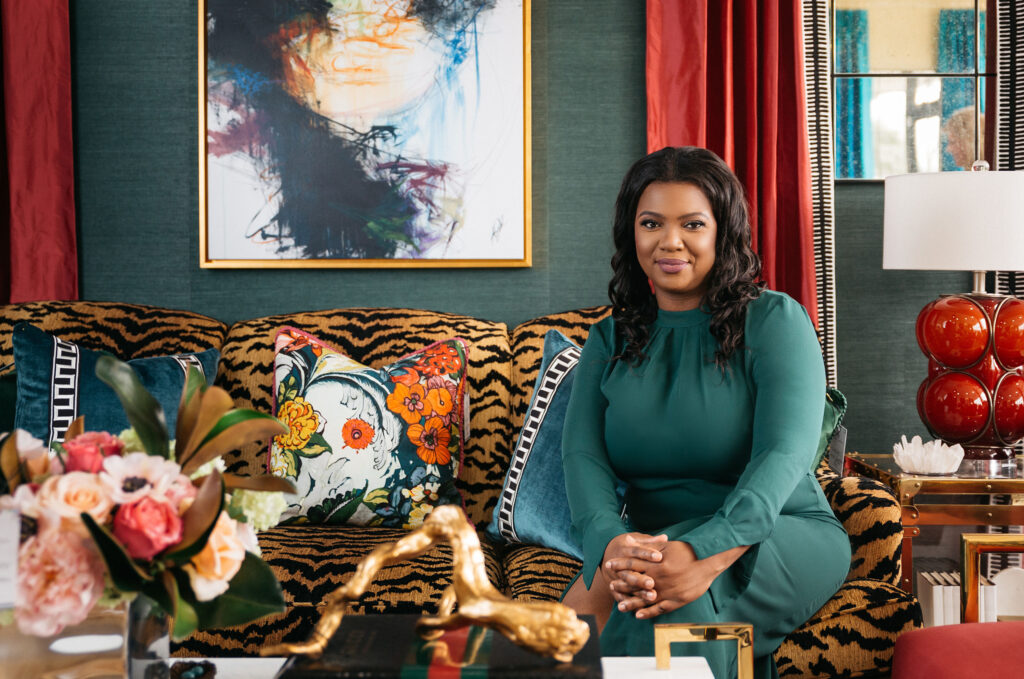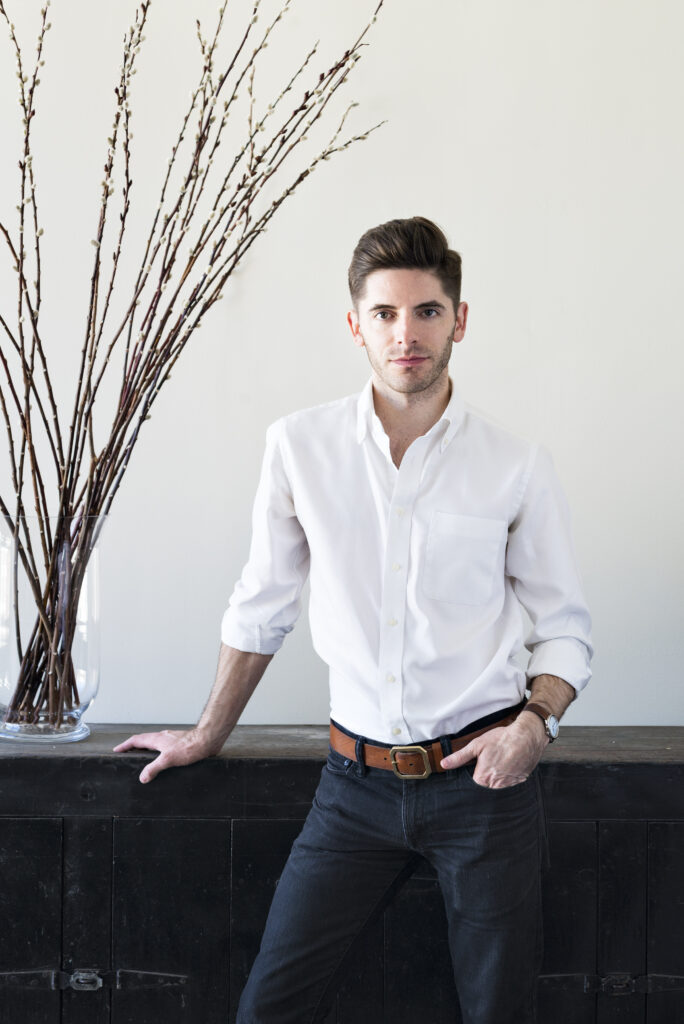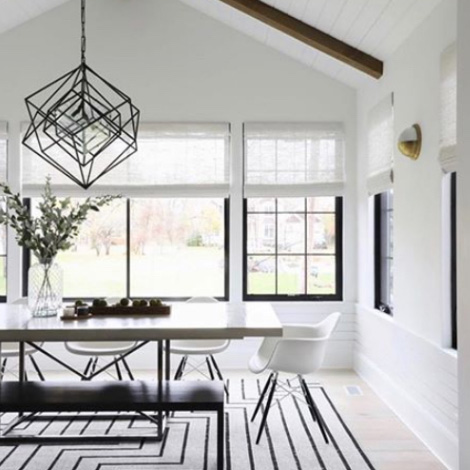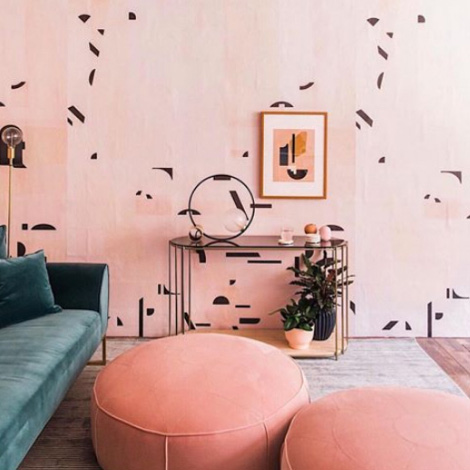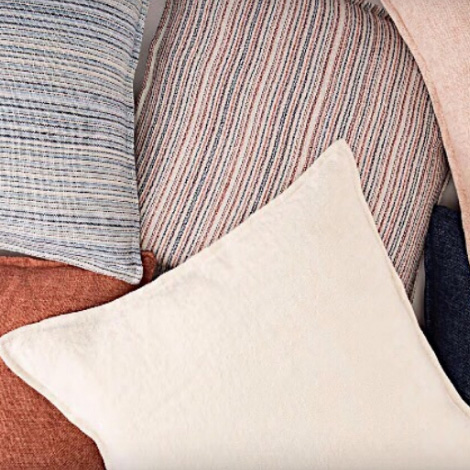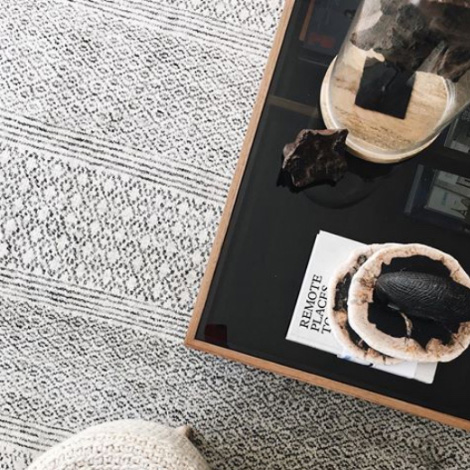Interior designers Lauren Learner, Veronica Solomon, and Dan Mazzarini get personal with client relations. From timing and budget to personal aesthetics and trending styles, here are their most-asked client questions—asked and answered.
Lauren Learner, Living With Lolo
Based in Scottsdale, Ariz., Lauren Learner is the founder of interior design firm Living With Lolo, which has a keen eye for clean lines, mixed metals, colors, and timeless pieces. Learner has been named one of Arizona’s top 10 interior designers.
What does full-service design mean?
Full-service design means that we handle every element of the process for our clients. From the initial meeting and learning about the client to interpreting their design style and designing a space for them, we handle all ordering, tracking receiving, and installation of the entire project for them so they can focus on their career or family life—not about the details of what is going to arrive when and how to take care of a damaged piece of furniture.
How expensive it is to hire a designer?
Designers bill for the overall vision and the creative process. While it is an investment to hire a designer, you’re often not paying more for the actual products than you would if you went out and purchased them on your own. Working with a designer not only gives you a fully unique and curated space, but you avoid costly mistakes you may have made if you tackled the project on your own.
See also: How To Brand Your Interior Design Business
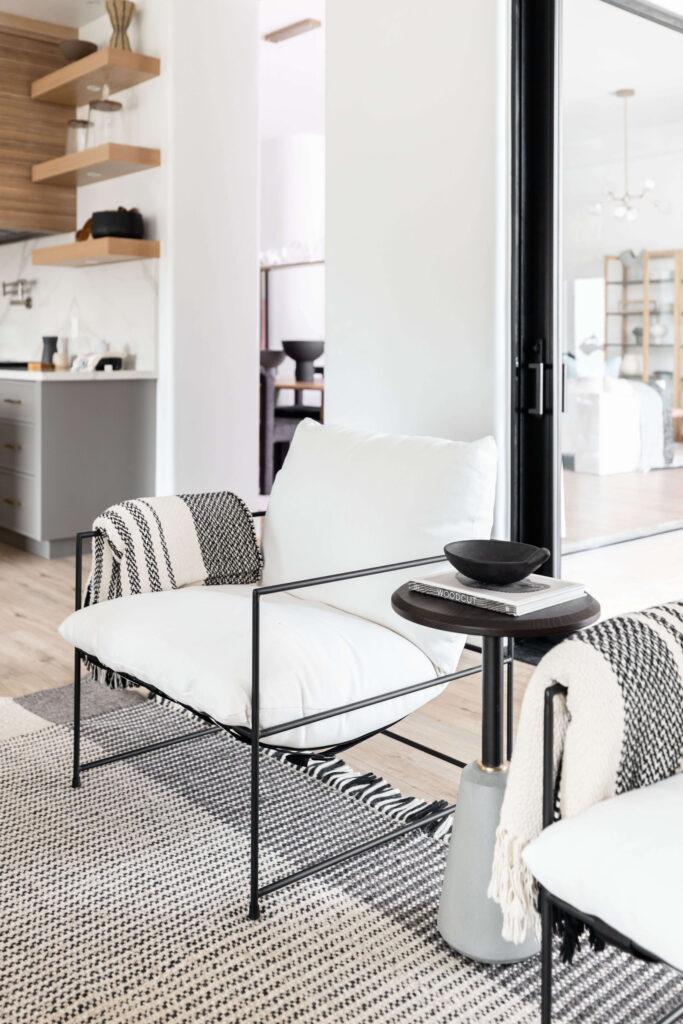
Jaipur Living‘s indoor Sojourn throw in a space imagined by Learner. Photo by LifeCreated
How do I identify my style?
The best way to define your style is to start saving inspiration images from Pinterest or Instagram and look for the commonalities between them. While they may be different design styles, there are often ways to pull them together. A lot of the time we find that our projects can’t truly be defined as one style but are rather a curated blend of various things that our clients love.
How far in advance should I hire a designer?
Thinking about your project in advance is key! As we work to find our new norm with the supply chain challenges for all items, we are seeing it take six months to a year to get projects finished (and that is without construction!). If you have an important date you need to have your furniture by, start early and make sure to communicate that date to your designer so they can let you know if it’s reasonable or not.
Where do you start when designing a room?
When designing a space, we like to start with one key piece that really speaks to us, then design from there. Perhaps our jumping-off point is a really fabulous rug, then we pick out the other elements in the space to work with that piece.
Veronica Solomon, Casa Vilora Interiors
Interior designer Veronica Solomon serves Katy, Texas, and the surrounding areas with eclectic, bold, and whimsical home decor through her firm, Casa Vilora Interiors. She is the recipient of many prestigious awards, including IDS Designer of the Year, KBB Person of the Year, and more.
Is it possible to incorporate pieces I already own?
Absolutely! We love to create spaces that are storied and personal to our clients. We start with treasured pieces you already own to give your home authenticity and character. In some cases we can incorporate them as they are, while in other cases we may need to refresh or repurpose them in some way
What can I realistically achieve with the budget I have?
Your investment amount is one of the most important conversations we will have during the design process. For us, the starting point is what your ideal vision is for your home. As your designer, we aim to make sure that grand vision is achieved first and then we establish the budget. In the case where the vision costs more than what is available in the budget, we make thoughtful revisions to reach the perfect middle ground. But we prefer to have the design figured out first, then the budget.
See also: The Art Of The Pivot
How do I go about hiring contractors?
We work with a vast network of trade professionals who we can refer to you for your project. While you will hire and pay contractors your hire directly, we are committed to helping you make the best decision for building your team. We will provide all the designs, materials, and finish selections and communicate with your contractors, including the ones we refer. We help you with what to look for, what questions to ask, what qualifications are needed for your project, and even a review of their bids. We also make site visits during the project to ensure our designs are being executed at the highest level.
How do I incorporate pattern and color without getting overwhelmed with too much of it?
A lot of the colorful rooms you see in our portfolio begin with a neutral base, then color and pattern are layered in to achieve the depth you see in the finish space. Neutral does not always mean beiges and browns. Every color has a neutral version. For example, we consider navy a neutral. We can add in as much color and pattern as you can handle through rugs, textiles, accessories, florals, or we can apply a lighter hand with the color and pattern.
How long will it take?
From the initial consultation phase to our design presentation, we have full control and it takes around eight to 10 weeks. With the supply chain challenges and labor shortages we are seeing, it has become increasingly challenging to determine a definite timeframe upfront. We are seeing lead times on upholstery as long as nine months in some cases. We will do our best to source items that are not on long lead times and work closely with trades people to keep the schedules moving forward, but we ask for some patience as we navigate some of the unknowns. We are committed to staying in constant communication with you throughout the project so you will always know what to expect.
Dan Mazzarini, BHDM Design
Dan Mazzarini is the creative director and principle of New York’s BHDM Design, a collective of designers, architects, artists, and illustrators. The firm specializes in delivering spaces that speak to their clients’ personal narratives.
If you had to spend more on one area of a project, where would you spend?
Lighting is the most important—from fixtures to lightbulbs—the combinations really set the tone for a space. I like fixtures that give a soft, warm light. Often I’ll change out a table shade to a white or warm white paper shade to make it feel both updated when off and warm when lit. And dimmers on everything. Dimming lights is an instant room-maker. And, of course, the second most important are rugs. Rugs can set a color, mood, and intensity for a room. Rugs and lighting are the anchors of a room.
Can I have things that are beautiful and usable? AKA—what about the kid-factor?
In a word, yes! Fibers have come so far, making fabrics and rugs both durable and beautiful. Jaipur Living has beautiful lines of indoor/outdoor and polymide-based rugs that are stain resistant and set a fantastic, worry-free foundation for a room. For families, I always try to pull fabrics that are acrylic, hospitality grade, or very cleanable. So many manufacturers are making gorgeous outdoor fabrics that are so pretty they live well anywhere. So, yes: You can have it all!
See also: Q&A With Kathy Kuo
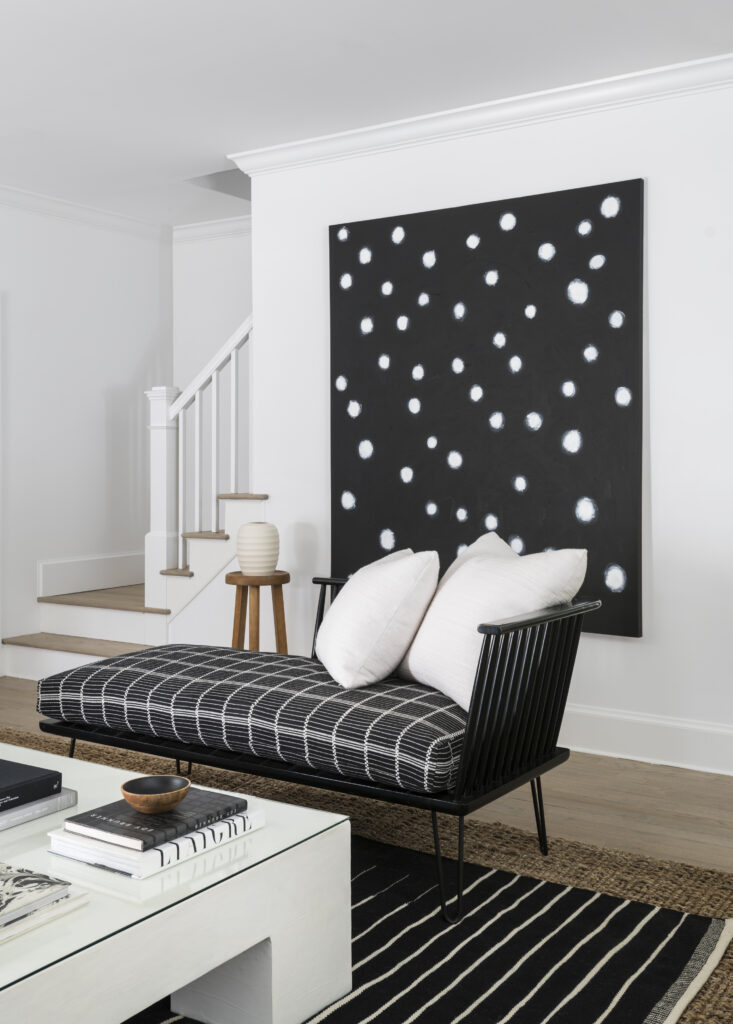
A black-and-white living area from Dan Mazzarini. Photo by by Adam Macchia
What white do I use?
Such a good question, and every designer has their favorite. For me, it really depends on the desired outcome, but my shorthand is: For the whitest, pure white, Benjamin Moore Super White (which is a ready-mixed color). For an off white, White Dove is a go-to and used with regularity in many projects.
Dark floors or light floors?
For me, the answer is white floors—I love a white glossy painted floor. I’ve done them in client’s homes, showrooms, offices, hotels, and even my own house now. They bounce around light so beautifully and are surprisingly easy to keep clean (even red wine!). My favorite (and only) paint I use for floors is Sherwin-Williams ArmorSeal Rexthane. It’s a two-coat system, but is almost self-leveling and has a glorious high shine. It can be tinted any color, but my fav is white, and the best part: It’s super durable. This product was designed for airplane hangar floors.
Will brass in a bathroom or kitchen look dated?
No, not if you choose the right hardware. Brass is a classic, from NYC townhouses to quaint country homes. Polished and unlacquered are my favorites. This makes the brass a “living” metal finish—one that will age and patina to a beautiful warm brown brass. Stick with classic shapes and forms and brass can live beautifully in a space.




